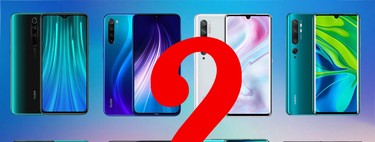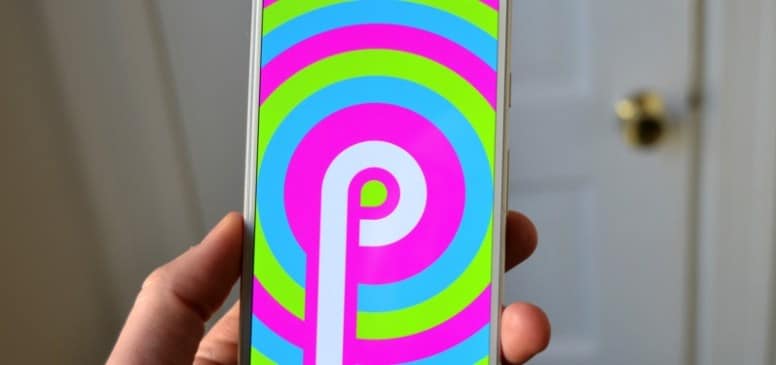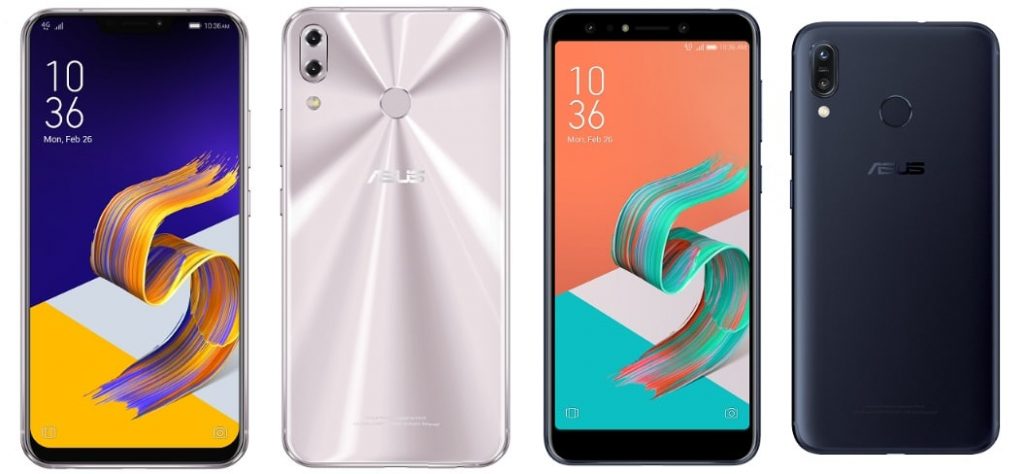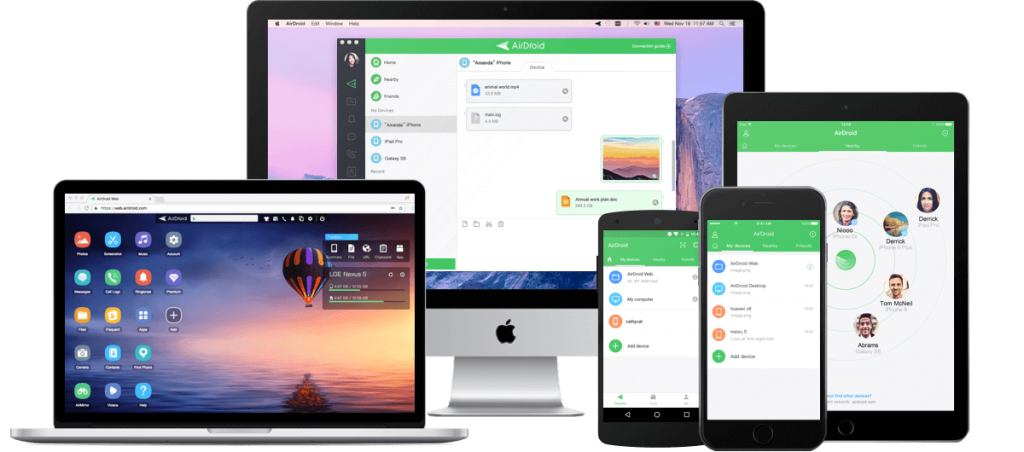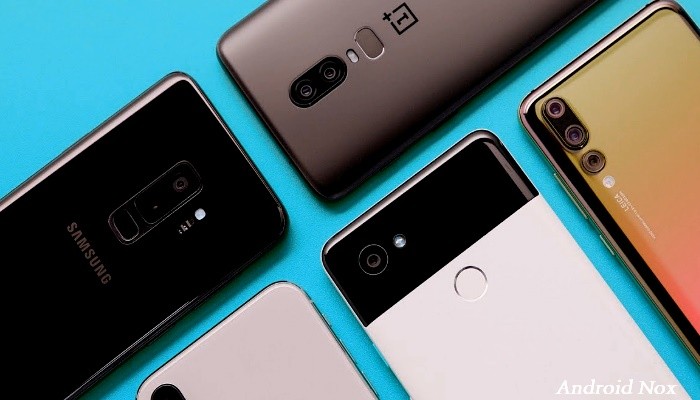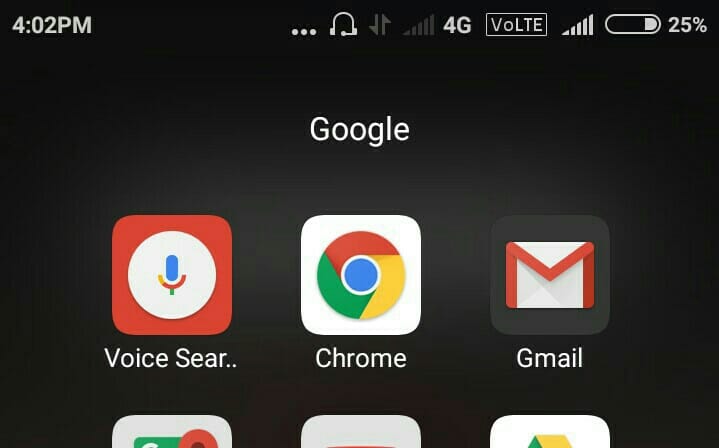Xiaomi has several workhorses to win in the mid-range 2020. Several of them belong to the Redmi Note 9 family, in which the model with fewer surnames is the cheapest, although not less interesting for that reason. In keeping with the Xiaomi Redmi Note 9S and Redmi Note 9 Pro, the Redmi Note 9 is the subject of this analysis in which we will answer the question of whether or not this model is worth it.
So let’s review in detail the characteristics and behavior of this Xiaomi Redmi Note 9, a medium-low range terminal that has some tricks to consider such as a high-amp battery and a fairly versatile camera configuration (at least on paper).
Technical sheet of the Xiaomi Redmi Note 9
|
Xiaomi Redmi Note 9 |
||
|---|---|---|
|
screen |
6.53 “IPS FullHD + |
|
|
Processor |
MediaTek Helio G85 |
|
|
RAM |
3/4 GB |
|
|
Storage |
64 / 128GB + microSD (up to 512GB) |
|
|
Drums |
5,020 mAh |
|
|
Rear cameras |
Main: 48MP, f / 1.79, 1.6μm |
|
|
Frontal camera |
13 megapixels, f / 2.25 |
|
|
software |
MIUI |
|
|
Dimensions and weight |
162.3 x 77.2 x 8.9 mm |
|
|
Others |
Infrared, 3.5mm jack, Bluetooth 5.0, USB Type-C, NFC, dualSIM, LTE, rear fingerprint reader |
|
|
Price |
From $ 199 |
Design: eye-catching at the back, upgradeable at the front
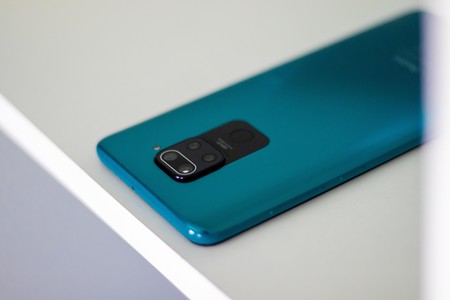
The Xiaomi Redmi Note 9 gives up the glass to bet on the plastic on the back. However, it seems to have been successful with the color palette and, specifically, the blue unit is quite beautiful and striking in our opinion. Also remarkable camera module design It can convince more or less on an aesthetic level but it is quite different from what we are used to seeing. The main penalty comes at the level of dimensions. Exceeds 16 centimeters tall and skims 200 grams, measures that make the Redmi Note 9 a somewhat complicated terminal to use with one hand.
The Xiaomi Redmi Note 9 is quite striking from the rear. Construction is solid and well-finished, even though it doesn’t feature premium materials
Also note that the power button is quite accessible despite being a large terminal, not as much as the volume buttons, which they are quite high and they force us to stretch our thumb a little more than we would like. The alignment of ports and speakers is symmetrical at the bottom and the top houses an infrared emitter.
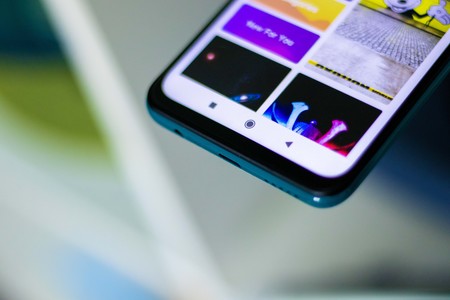 Shading is visible at the edges of the Redmi Note 9.
Shading is visible at the edges of the Redmi Note 9. At the screen level, the Redmi Note 9 complies, but it can be improved. We are facing an IPS panel with Full HD + resolution, 19.5: 9 aspect ratio and Gorilla Glass 5 coating. The interpretation of the color is correct (and very customizable from the settings), sufficient sharpness and viewing angles meet . Brightness, however, is its weakest point, with just 450 nits. In sunlight conditions with full incidence we find the odd problem to see the panel well. The frontal use according to GSMarena is 83.5%, finding us above all with a somewhat pronounced lower frame.
The panel has classic shading on the edges of the IPS panels. However, it is somewhat exaggerated in the case of the hole on the screen, which is completely enveloped by this shadow

In the same way we find some shading, something typical in the economic IPS, but quite pronounced as, for example, in the case of the hole on the screen, completely wrapped between said shading. Speaking of the hole, It is a little big and we have to spend a few hours on the phone to get used to it. Considering how small the front camera sensor is we would have appreciated a better size adjustment.
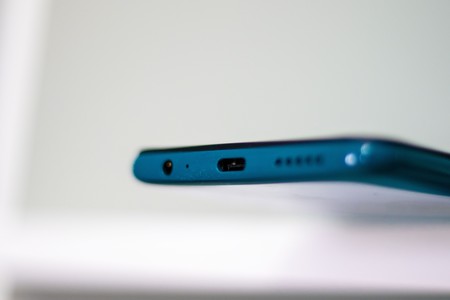
At the sound level, the Redmi Note 9 kneels down. We are facing a not too powerful speaker (around 70 db in our tests) and that distorts in a higher range than we expected. Even a few volume points below maximum sound we find noticeable distortion and somewhat canned sound.
The positive point is that we find a headphone jack on the bottom of the deviceSo we can connect any compatible speaker with this input to reproduce the sound.
A MediaTek processor that meets, but doesn’t shine
2020 is being a good one for MediaTek at the expansion level. After shining with the G90T that we saw in proposals such as the Xiaomi Redmi Note 8 Pro and pointing ways with the 7nm 800 series, he wants to conquer us in the Redmi Note 9 with the Helio G85, a 12nm, octa-core and maximum frequency proposal 2 GHz. Although in nomenclature it seems to be one step below the G90T, the truth is that there is quite a difference. The Redmi Note 9 is valid for day to day, but it is quite simple to make the lag and the little jerks in basic tasks such as switching between applications, keeping a little more than 6 or 7 apps in multitasking and betting on some heavy game.
Apart from the relative gross power of the processor, the 3 GB of RAM does not accompany. The mobile is enough to move the applications from day to day, but it costs you more than we expected
The 3GB of RAM doesn’t help either with which our unit has, insufficient figure to manage a resource-hungry layer such as MIUI, which works excellently when the hardware comes with it, but can weigh down the experience if we lack power. We leave you with the benchmarks table to see how it looks at the number level.
|
Xiaomi Redmi Note 9 |
Realme 6i |
SAMSUNG GALAXY A51 |
REDMI NOTE 8T |
OPPO A5 (2020) |
HUAWEI P40 LITE |
|
|---|---|---|---|---|---|---|
|
PROCESSOR |
Helium G85 |
Helium G80 |
Exynos 9610 |
Snapdragon 665 |
Snapdragon 665 |
Kirin 710 |
|
RAM |
3GB |
4GB |
4GB |
4GB |
3GB |
4GB |
|
ANTUTU |
197,432 |
200,814 |
158,467 |
170,780 |
156,080 |
303,806 |
|
GEEKBENCH 5.0 (single / multi) |
351 / 1,291 |
386 / 1,322 |
347 / 1,338 |
308 / 1,341 |
312 / 1,306 |
317 / 1,282 |
|
PCMARK WORK |
8,733 |
8,769 |
5,399 |
6,553 |
6,489 |
7,808 |
In the biometrics section we find a fingerprint reader on the back. The location and size are practically perfect, being easy enough to get the reader right the first time. At the speed level it is not the fastest reader we have tested, but it more than fulfills its mission. We also have a facial recognition system through the front camera of the device. It works quite fast but at a security level it leaves several ends loose. Without going further, the device recognizes us with a maskeven if we have searched our face without it.

At the software level we find Android 10 and MIUI 11. To our surprise, is updated with the security patch for the month of may. This is quite a point in favor since the economic terminals are usually somewhat forgotten at the level of receiving the last patch. From MIUI we can highlight how customizable it is, how careful it is at the interface level and the strong pre-loading of applications that it includes (some of them can be uninstalled and others cannot). We really like the layer although, as we indicated in the performance section, in the case of this Redmi Note 9 the animations and operation of it is not remarkable.
If we talk about autonomy, the more than 5,000mAh of the Redmi Note 9 make it perform excellently. The two days of use are guaranteed with medium use
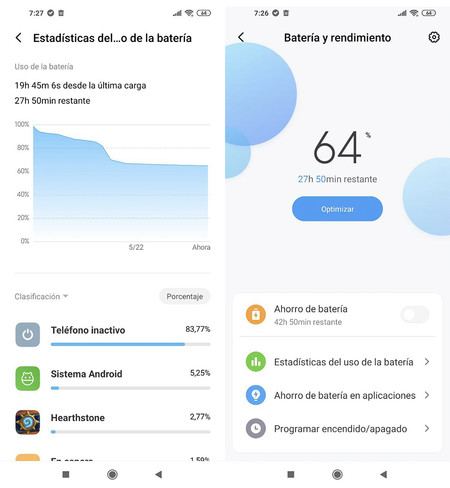
With a panel that doesn’t spend too much, a processor that doesn’t demand too many resources, and a huge 5,020mAh battery, the Redmi Note 9 can exceed 10 hours of screen if you want. It is one of those phones with which we can reach two days of use without the slightest problem, highlighting that under no circumstances undergo excessive drainage. We can play games, take photos and use all kinds of applications without the mobile suffering. The battery, having so much amperage and so little expense, usually goes down progressively. The fast charge is 18W.
Aim as curiosity that We have not found the display hours counter in this specific version of MIUI, since it is not found where it is usual. Similarly, applications such as GSAM Battery Monitor do not count the screen time in MIUI well (they add minutes even with the panel off), so the estimation of hours has been done by counting hours of use manually.
Four cameras don’t mean better pictures
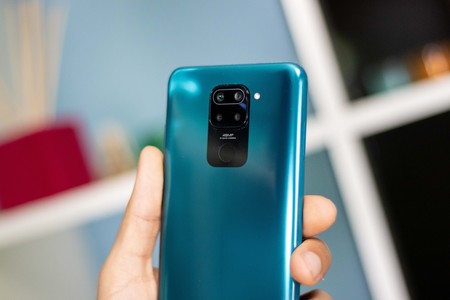
Xiaomi has opted for a configuration of four rear cameras for this Redmi Note 9. Specifically, we came across a 48-megapixel main sensor along with an ultra wide angle 8 megapixel. The other two sensors are a macro and another depth sensor for a better portrait mode. The summary is that the phone does a fair job, although we will review the camera application first.

Xiaomi’s camera app is quite complete. However, we have already seen how something slow can work if the power is not very high and in the “small” Redmi Note 9 this is further accentuated. The application moves somewhat awkwardly even when we are switching between 1X, 2X and 0.5X. It fulfills its basic mission to allow us to access functions such as portrait, night, panoramic mode and even a manual mode to adjust photographs to taste. In summary, a very complete app penalized for a slow pace.
Daytime photography
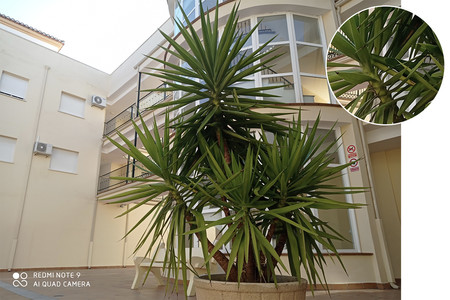 The detail is enough, but the sky is completely burned.
The detail is enough, but the sky is completely burned. In the daytime photography section the Redmi Note 9 behaves one step below what is expected. Less demanding users will find themselves before a versatile camera that offers correct photographs, although it is easy to see their weak points from the first moment. Overexposure is present in almost all photographs and the detail can be improved taking into account the sensor it mounts. They are valid photographs for a basic use of social networks and others, but Xiaomi usually shines even on inexpensive terminals, a brightness that this Redmi Note 9 lacks.
 The wide angle is versatile, but much detail is lost and overexposure reappears.
The wide angle is versatile, but much detail is lost and overexposure reappears. It is appreciated that we have a dedicated 2x zoom mode even though we do not have a telephoto lens. The results are acceptable to speak of a fully digital zoom. Regarding the ultra wide angle, gives a lot of play when taking pictures, although we sacrifice luminosity and image quality when we bet on it.
Night photography
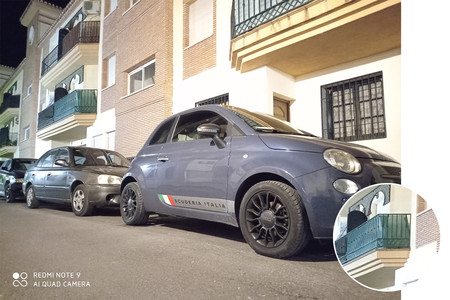
When night falls, to our surprise, overexposure reappears. The Redmi Note 9 has trouble controlling highlights and generates more artifacts than expected. Again, we can make simple photographs and without too many pretensions more than valid for undemanding users, although the results are one step behind what was expected even in this price range.
 On the left, photograph in night mode. We appreciate better exposure and greater detail.
On the left, photograph in night mode. We appreciate better exposure and greater detail. To alleviate these results we have night mode. Here we do get a good taste in the mouth with photographs that are somewhat more controlled and with a more acceptable level of detail. In addition, it is a relatively fast night mode (it usually does not take more than 3 seconds), so it is quite comfortable to use.
Portrait mode
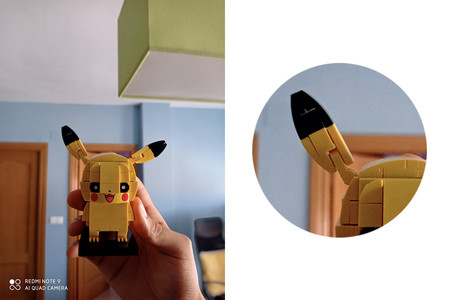 The cut, as usual in Xiaomi, is excellent.
The cut, as usual in Xiaomi, is excellent. From portrait mode we can highlight the good exercise the device does with the cutout. The bokeh is still somewhat artificial (we can see it in the back chair in the example photograph), but it is a good portrait contextualizing with the product range. Aim in the same way that, without a telephoto lens, the portrait is quite angular, something that can give us a certain game when taking photographs.
Macro mode
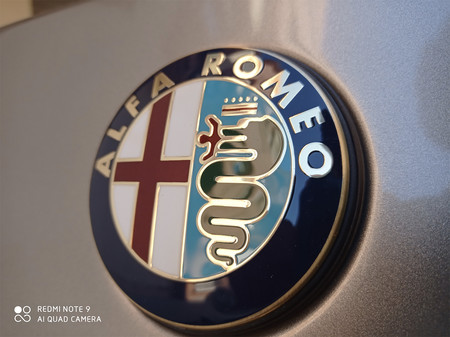
Xiaomi’s macro mode automatically activated when we get very close to an object. We prefer the implementation of a telephoto lens, but the macro is still a sensor that provides versatility and allows taking somewhat different photographs compared to what we are used to.
Selfie
 The selfie, even with HDR applied, fails to expose the backgrounds well. In portrait mode directly it does not work.
The selfie, even with HDR applied, fails to expose the backgrounds well. In portrait mode directly it does not work. The Redmi Note 9’s selfie is pretty lacking in detail, contrast, color and the HDR’s work leaves a lot to be desired. Even with HDR active we find burned. In the case of portrait mode, HDR is disabled, although cropping is good.
Xiaomi Redmi Note 9, the opinion of Xataka Móvil

The Redmi Note 9 is a humble device that aims to shine based on autonomy. However, it is somewhat below what is expected in performance and camera, two fundamental points even in inexpensive devices. Despite this, It is a recommended proposal if we want a mobile for basic use, especially taking into account the care that Xiaomi puts in the updates of its Redmi Note.
The Xiaomi Redmi Note 9 is not a bad option if we want a license plate autonomy for little money: we will have a phone with an eye-catching design and a good useful life regarding updates
Xiaomi has not yet announced the official price in euros for this Redmi Note 9. Considering that its older brother, the Redmi Note 9S, costs 229 euros, everything points to that this model without last name S will cost less than 200 euros. It will be up to the user to think whether or not the jump to the model with Qualcomm is worth it based on the difference established in price.
7.8
Design8
screen7.5
performance7
Camera7.0
software8
Autonomy9.5
In favor
- Autonomy is spectacular. The two days of use are a reality
- The design is quite striking, especially in the green color
- We have extras like the headphone jack and the infrared emitter
Against
- Performance falls below expectations. Lag appears easily
- The camera has problems at the exposure level, we have to manage by hand so that it does not burn the photos
- The screen has shader sharper than usual
The terminal has been loaned for testing by Xiaomi. Can inquire our policy of relationships with enterprises.
